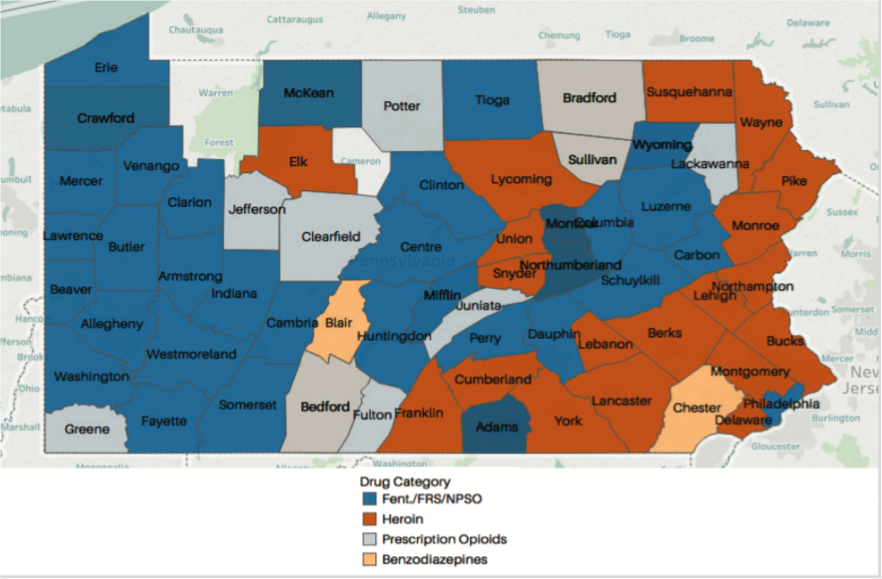Hundreds of healthcare professionals, Pennsylvania department health representatives, and members of the local Northeastern county communities assembled on October 26th, for the 9th annual National Family Week Educational Conference to discuss the impact of government administration and healthcare experts’ efforts to combat the ongoing opioid crisis.
The U.S. Drug Enforcement Agency (DEA) reports that the number of drug overdoses in the state of Pennsylvania continues to rise with 5,456 deaths in 2017, compared to 4,642 in 2016. Put in another context, 42 out of every 100,000 Pennsylvanians died from drug overdoses in 2017.
This crisis hits close to home for Scranton residents. According to the Center for Disease Control and Prevention (CDC), the per-capita prescription rate of opioids in Lackawanna County was the second highest in the state in 2016, at 112.1 per 100 individuals compared to the state prescription rate of 69.5 per 100 individuals in 2016.
Two years ago, Governor Tom Wolf declared a statewide opioid disaster, and issued a set of initiatives aimed to tackle the crisis. The initiative detailed the declaration of a Prescription Drug Monitoring Program (PDMP). Since the program’s enactment, the CDC reported a decline in the per-capita prescription rate in Lackawanna County to 97.3 per 100 individuals in 2017 and 58.7 per 100 individuals for the state of PA .
The PDMP program was enacted in pharmacies throughout the state of Pennsylvania with the purpose of giving health care providers a platform to monitor all active prescriptions in order to prevent substance abusers from “shopping” at multiple pharmacies, according to Thomas Franko, a Doctor of Pharmacy and Assistant Professor at Wilkes University. The program is especially critical to counties that suffer from a high rate of prescription misuse.
“Lackawanna has had the top ranking for oxycodone causes of death in toxicology screens,” Franko said. “The PDMP is used as a tool to help detect misuse, and all pharmacies are required to participate.”
Most Frequently Reported Drug Category in Drug-Related Overdose Decedents by Pennsylvania County, 2016

According to Janice Pringle, an epidemiologist, and Professor of Pharmacy and Therapeutics at The University of Pittsburgh, the solution to the opioid crisis needs to go beyond just implementing drug monitoring programs. “Psychosocial factors and cultural shifts make turning to drugs and alcohol a norm,” Pringle said. “The solutions are psychosocial.”
Amid the speakers at the Conference, Tee Simpkins, Chief Executive Officer of The Graniteville House of Recovery, shared her personal story of substance abuse and recovery. “No one grows up wanting to be a substance user,” Simpkins said. “I did not start with shame, remorse, and guilt as a little girl.”
Simpkins struggled with substance abuse for 35 years of her life. Last year, she opened a women’s halfway house in Sweet Valley, PA with the goal of becoming an advocate for women suffering from addiction.

The Family Service Association (FSA) of Northeastern Pennsylvania (NEPA), a non-profit organization, coordinates the annual conference with the goal of raising awareness and encouraging conversations among professionals that can make a difference. Michael Zimmerman, Chief Executive Officer of FSA NEPA shared an intimate story about his connection to the cause. His sister became a substance abuser after being involved in a car accident and requiring prescription pain medications due to injuries.
“Addiction is a pervasive problem that impacts every family in one shape or form,” Zimmerman said.
Email the Author, Malak Saleh at mns435@nyu.edu